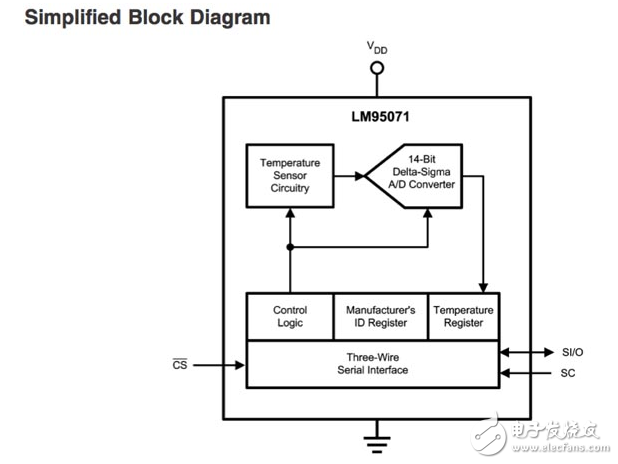
资料下载

传感器在工业照明中的应用
传感器在工业照明中的应用
工业照明是不断发展的,因此,随着减少能源消耗的压力不断,新的应用出现,高效的光源,如发光二极管,变得更加广泛适用。随着电源和应用程序的发展,传感器的使用也为控制器提供反馈机制,使工业照明在其工作寿命内保持最佳效率。
工业照明
目前工业照明的最大趋势之一是向LED的转变。虽然我们已自上世纪70年代计算器手表显示用于红色LED,它采取了稳健发展的几十年来的稳定,产量高,特别是白光LED,使在新的应用领域,如铁路、航运、建筑、LED路灯的使用,和交通信号灯。
这种趋势能走多远?Roland Haitz,从安捷伦科技曾在LED发展的关键作用一个退休的科学家,对经济学家的创新峰会2011年11月,LED照明已增加了十倍每十年每流明成本已经下降了十倍每十转换效率。通量是一种将转换效率和输入功率相结合的LED灯组件的输出,每十年提高20倍。
“我们可以去到12个数量级的动态范围,从10到10 megalumens腔隙,Haitz说。“我们将能做足球场照明。”
Haitz说效率实际LED照明可以达到50%,此时它可能对全球能源生产的20%,目前消耗的照明影响显著。他说:“在LED行业,我们将节省比太阳能生产更多的能源。”。

LED lighting in practice
We are becoming used to LED lighting through its use in the home. The first applications were for low-energy lighting strips and decorative lamps that exploited the small size, high efficiency, and cool operation of LED sources to enable unique designs. Increasingly, homeowners are finding LED replacements for standard household bulbs in the shops, and doing a cost/benefit analysis to decide whether to pay the upfront premium for the LED bulb in return for long-term savings created by lower energy use and less frequent replacement.
Anyone who has handled a domestic LED bulb knows that these are sophisticated products that involve a great deal of careful design to cool the solid-state emitters that produce the light. This is necessary because the efficiency of the LED’s conversion of electrical energy to light falls as it gets hotter, reducing its key advantage over other light sources.
声明:本文内容及配图由入驻作者撰写或者入驻合作网站授权转载。文章观点仅代表作者本人,不代表电子发烧友网立场。文章及其配图仅供工程师学习之用,如有内容侵权或者其他违规问题,请联系本站处理。 举报投诉
- 相关下载
- 相关文章





